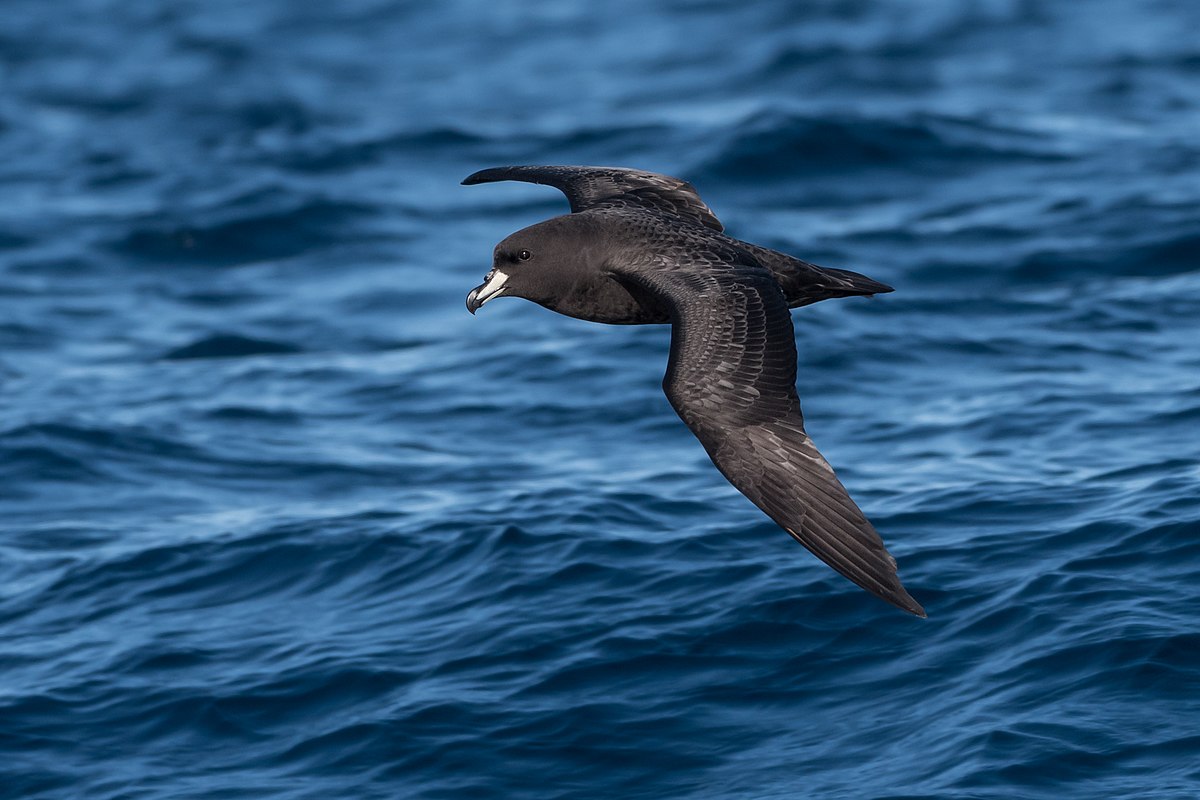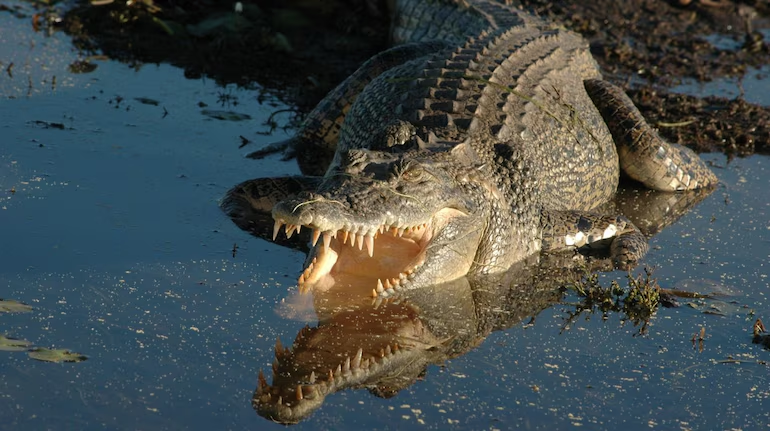- Courses
- GS Full Course 1 Year
- GS Full Course 2 Year
- GS Full Course 3 Year
- GS Full Course Till Selection
- Online Program
- GS Recorded Course
- NCERT (Recorded 500+ Hours)
- Polity Recorded Course
- Geography Recorded Course
- Economy Recorded Course
- AMAC Recorded Course
- Modern India, Post Independence & World History
- Environment Recoded Course
- Governance Recoded Course
- Science & Tech. Recoded Course
- International Relations and Internal Security Recorded Course
- Disaster Management Module Course
- Ethics Recoded Course
- Essay Recoded Course
- Current Affairs Recoded Course
- CSAT
- 5 LAYERED ARJUNA Mentorship
- Public Administration Optional
- ABOUT US
- OUR TOPPERS
- TEST SERIES
- FREE STUDY MATERIAL
- VIDEOS
- CONTACT US
Pelagic Birds: Masters of the Open Ocean
Pelagic Birds: Masters of the Open Ocean

Recent observations have recorded the establishment of breeding colonies of pelagic birds on the sandbars of Adam's Bridge, which connects Rameswaram, India, to Mannar Island, Sri Lanka. These birds are renowned for their remarkable ability to live in and navigate the vast stretches of the open ocean.
Understanding Pelagic Birds
- Habitat and Behavior:
Pelagic birds spend most of their lives far from land, gliding across vast oceanic expanses. They are typically found thousands of miles offshore but can occasionally be blown onto land during powerful winds and storms, especially during migration or adverse weather events. - Key Species:
Some well-known examples of pelagic birds include: Brown Noddy, Bridled Tern, Saunder’s Tern and Little Tern - Physical Characteristics:
Pelagic birds exhibit unique adaptations that allow them to thrive in the open ocean:- Size and Swimming Ability: They vary greatly in size but are generally excellent swimmers, which aids in their ability to find food in the vast sea.
- Long, Thin Wings: Their exceptionally long, slender wings enable them to fly for extended periods without the need for rest, making them well-suited for long journeys over the ocean.
- Salt Gland: To adapt to their saline environment, pelagic birds have specialized salt glands that extract salt from seawater, enabling them to drink seawater without dehydrating.
Threats to Pelagic Birds
Despite their adaptability, pelagic birds face numerous threats that jeopardize their survival:
- Oil Spills: These can coat the feathers of the birds, making it difficult for them to fly or swim effectively.
- Climate Change: Alterations in ocean temperature, currents, and food availability due to climate change can disrupt their breeding and migratory patterns.
- Plastic Pollution: Pelagic birds often ingest plastic debris, mistaking it for food, which can lead to severe health issues or death.
Soil Liquefaction: A Key Cause of Damage in Earthquakes
India's National Centre for Seismology has reported that soil liquefaction was a significant factor in the severe damage caused by a recent earthquake in Myanmar.
Understanding Soil Liquefaction
- Soil liquefaction occurs when soil temporarily loses its solid state and behaves like a liquid.
- This phenomenon happens when loosely packed, water-saturated sediments near the ground surface lose their strength due to strong ground shaking during an earthquake.
- Liquefaction beneath buildings and other structures can lead to major damage, as the soil no longer provides the necessary support for structures, causing them to collapse or shift.
Asbestos: Ban in Educational Institutions
The Indian government has announced a ban on the use of asbestos in Kendriya Vidyalayas (KVs) and Navodaya Vidyalayas due to its harmful health effects.
About Asbestos
- Asbestos is a naturally occurring mineral known for its resistance to heat, fire, and corrosion.
- It has been widely used in insulation materials, automotive parts, construction materials, and floor and roof tiles, among other applications.
- Exposure to asbestos fibers can lead to severe health issues such as cancer and asbestosis. Due to these risks, it has been banned in over 65 countries.
- The largest producers of asbestos include Russia, Brazil, Kazakhstan, and China.
|
Also Read |
|
| FREE NIOS Books | |




